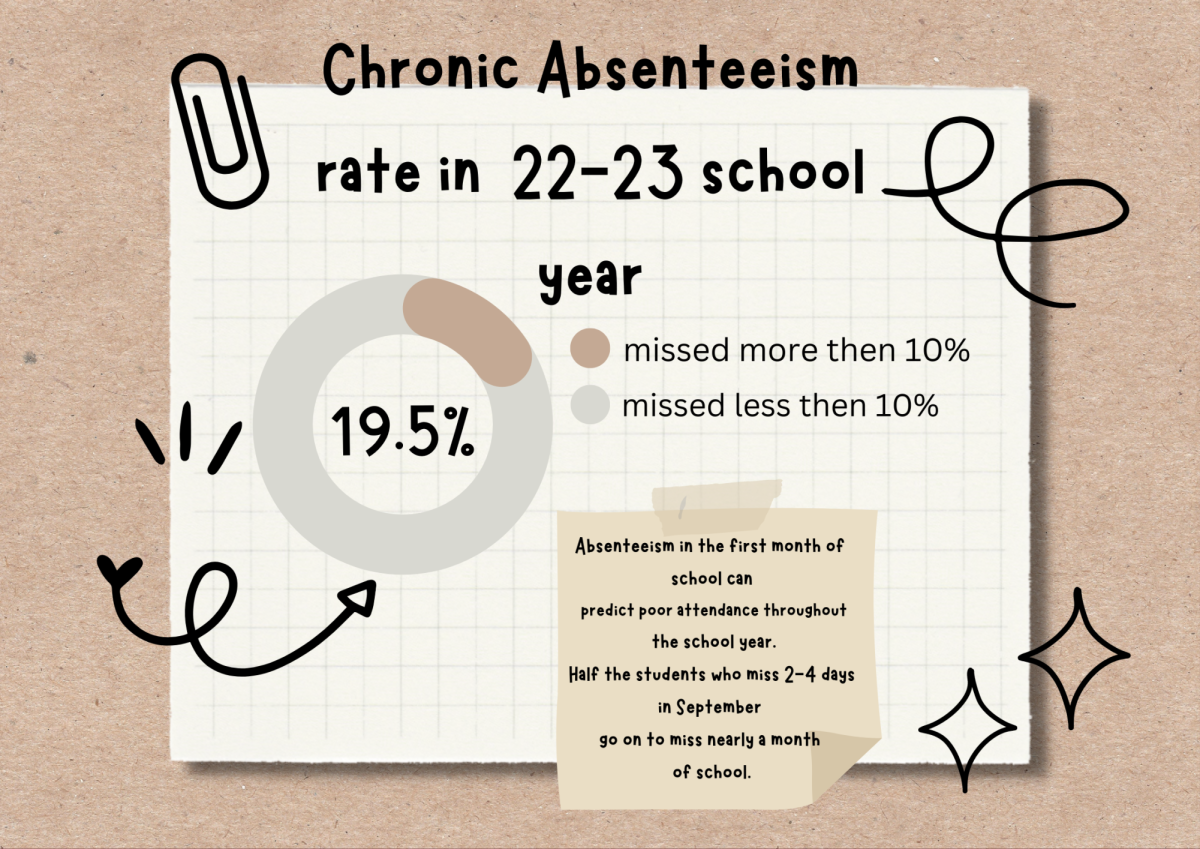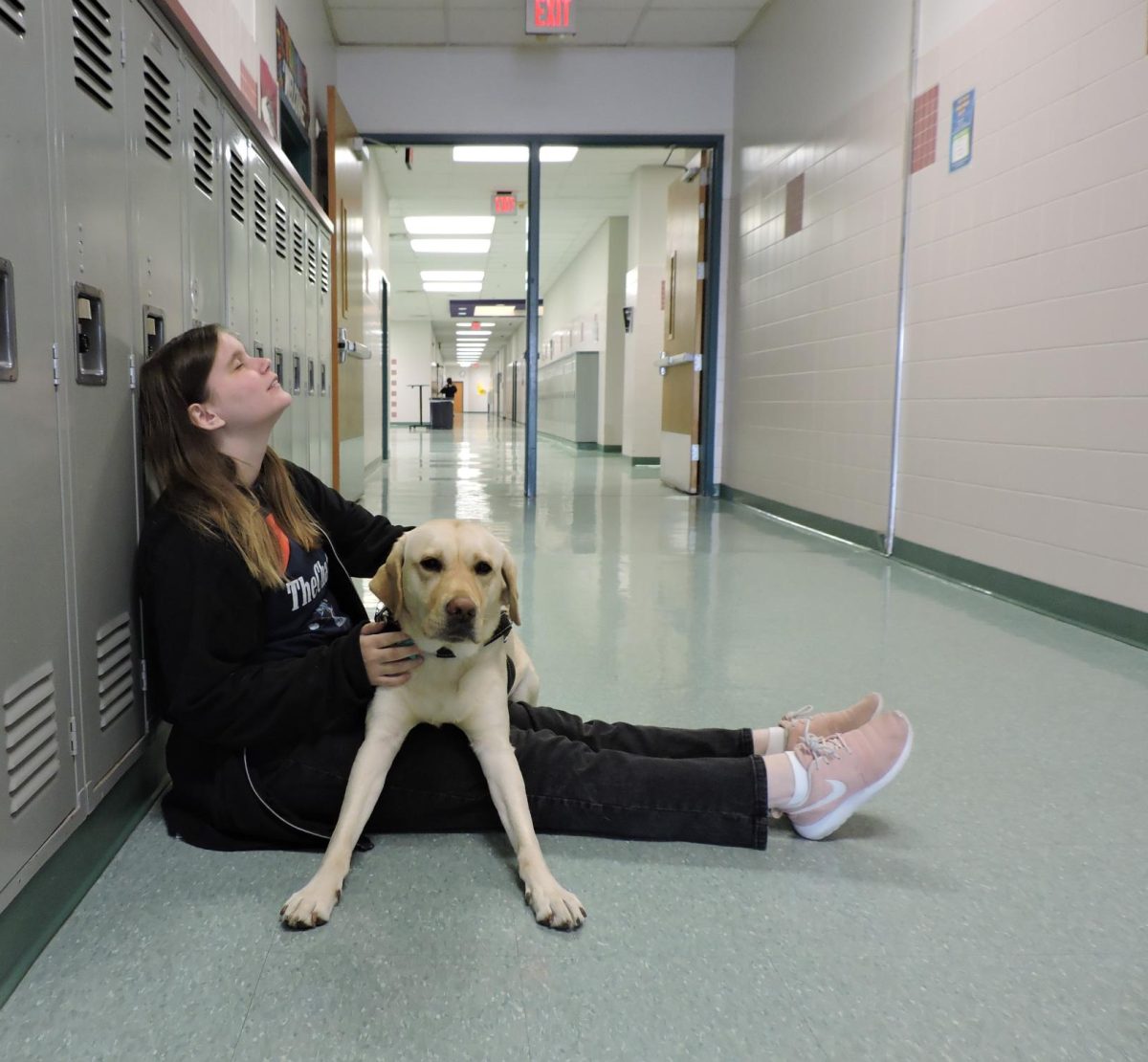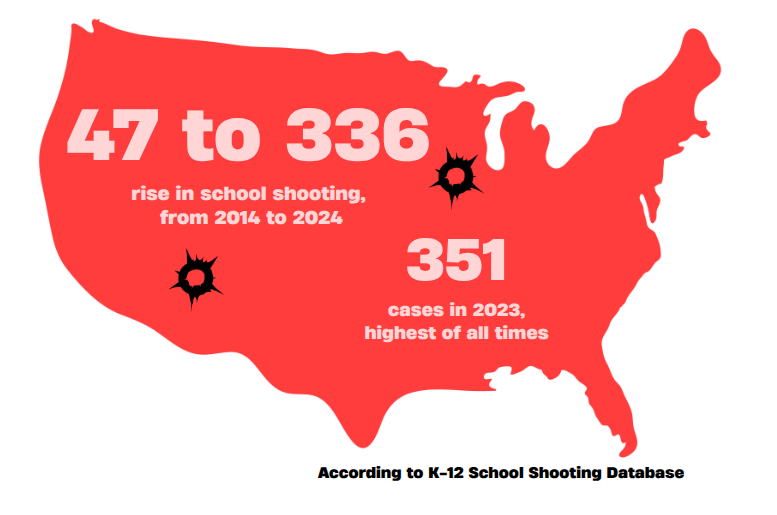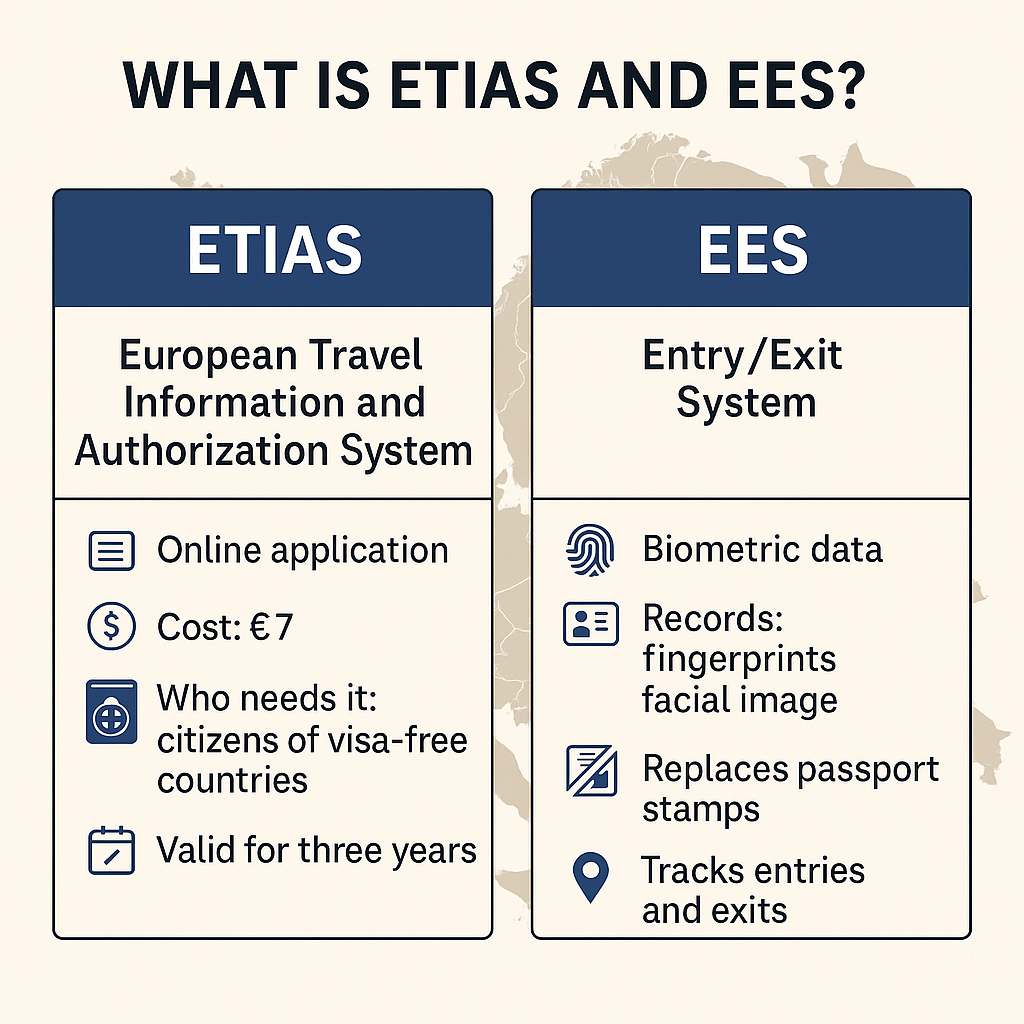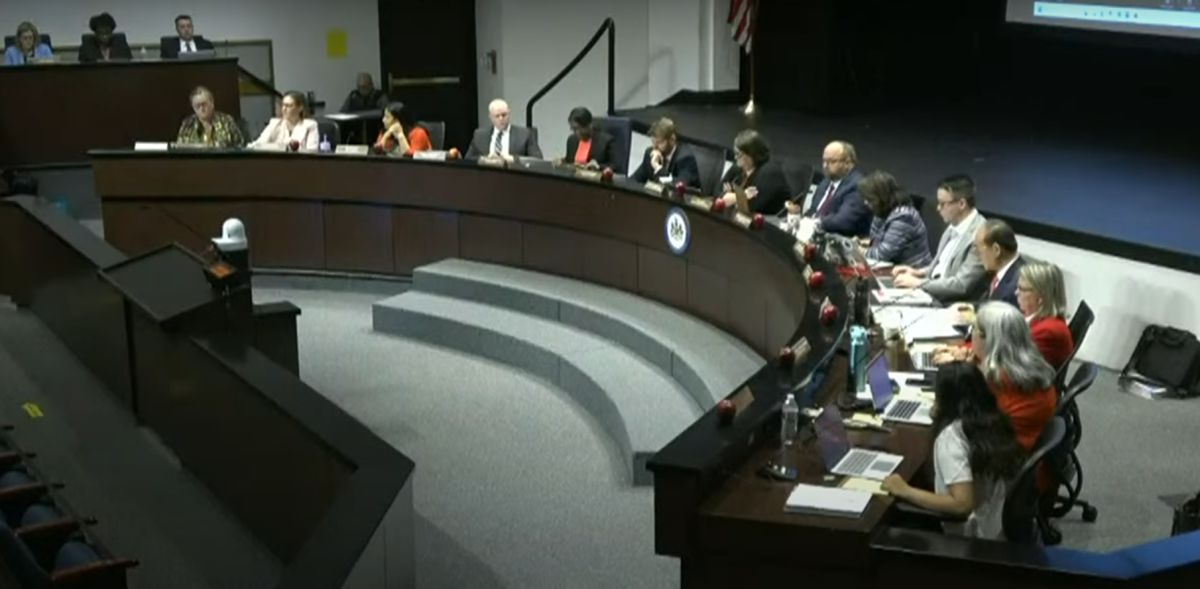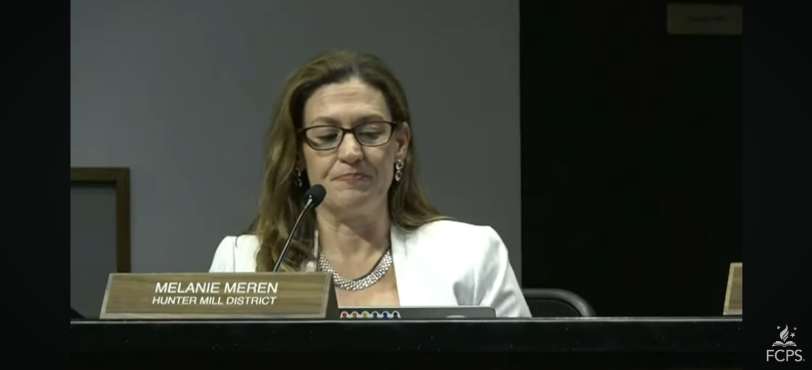During the 22-23 school year, chronic absenteeism increased to 20.1% by a study released by the Virginia Department of Education (VDOE). With $418 million to invest in high quality academic support, the expansion of Virginia’s literacy law and a fight against chronic absenteeism, the Commonwealth of Virginia is investing significantly in public education, according to the VDOE .
According to FCPS, chronic absenteeism is defined as a student missing 10% or more of school for any reason. FCPS data also shows that missing just 10% of the school year negatively affects a student’s academic performance. Only 17% of students who were chronically absent in kindergarten and first grade were able to read proficiently in third grade along with students who fail to read at grade level by third grade are more likely to drop out of high school.
“Chronic absenteeism significantly decreases the likelihood of on time graduation for that student who doesn’t attend,” Dean of Students Sonny Romine said.
According to Attendance Works, nearly 16 million students in the U.S. were chronically absent in 2022—double the rate of truancy that existed prior to the pandemic. However, absenteeism and engagement have not returned to pre-pandemic rates even though students are no longer being quarantined.
“I agree that chronic absenteeism is a concern,” biology teacher Anne Crimson said. “The number of students that miss one or more classes a week seems to be increasing, not decreasing. We need to figure out why a student is skipping school.”
According to Attendance Works, there are many reasons students are absent and they fit into four broad categories. The first category includes barriers such as lack of transportation. The second category involves negative school experience like bullying and unfair disciplinary practices. The third category relates to the lack of engagement which means the absence of at least one caring adult or culturally relevant and engaging instructions. The last category encompasses misconceptions, common ideas about attendance that families and students believed to be true but are not, for example too often missing class only seen a problem if absences are unexcused.
“I think there are a ton of different factors that would cause a student to be chronically absent,” Romine said. “So the school’s ability to identify what these factors or barriers might be and then address possible solutions to them is the best.”
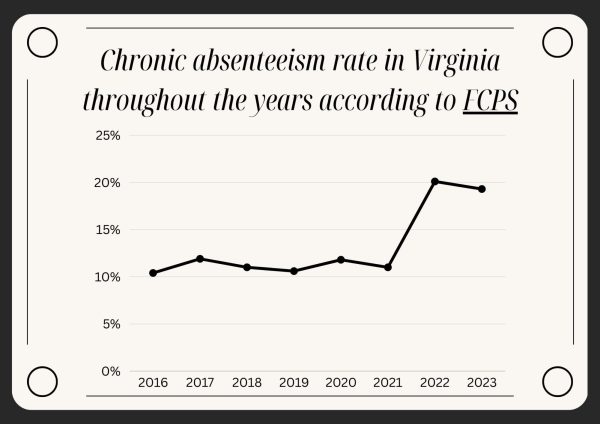
According to FCPS, one of the primary reasons the school district emphasizes chronic absenteeism is that it negatively affects students’ daily lives after high school. According to the U.S. Department of Education dropping out of high school, which chronically absent students are more likely to experience, has been linked to poor outcomes later in life.
“When I’m out I don’t really get to see my friends that much,” freshman Maddie Jackson said. “Being around other people boosts my mood a lot and when I’m sick or at home I’m sad. I usually have like a ton of extra work to do that just tacks on to the homework I already have. It is kind of frustrating because I have so much extra work to do and it is annoying.”
In order to prevent chronic absenteeism and provide better education for students, FCPS and CHS have been involved in addressing the attendance issues. Reducing the percentage of absenteeism to less than 15%, which was 18.6% last school year, was one of CHS’ improvement goals.
“On a hyphenate level there have been several attendance initiatives that have been created and trickled down through the school system. At Chantilly specifically, we have increased RS attendance tracking and monitoring that run out of my office,” Romine said. “The county’s also created a wonderful dashboard to help track a school’s real time data and address any areas of improvement.”



